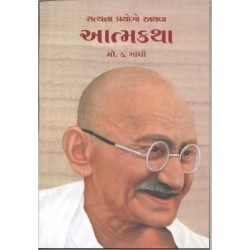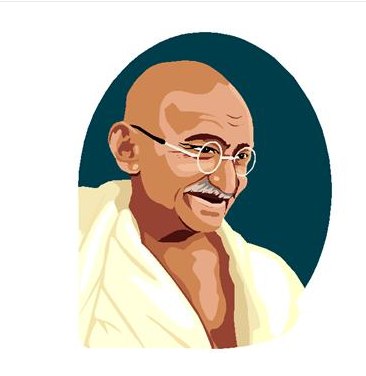
While it seems to tell the amusing story of an eccentric and obscurantist father and his upstart son, and the game of hide and seek they play with each other, in point of fact it is built on a few interrelated themes of which the most readily obvious is the father-son motif. But there is much more in it than is apparent on the surface. It is possible to read The Vendor as merely an amusing story, which depends for its comedy on the improbable and fantastic. If the number of characters is limited in this novel, it presents greater psychological subtlety and depth of feeling than many other novels of Narayan. In addition to these chief characters, there are Jagan’s wife Ambika, his parents, Chinna Dorai the hair-blackener and sculptor, and a few others. Unlike The Man-eater of Malgudi, its predecessor, which presents a richly peopled world almost Chaucerian in its variety, this novel focuses attention on a limited number of people: Jagan the protagonist, his son Mali, Mali’s companion Grace, and Jagan’s ubiquitous cousin who is not given a name. An impulsive and drastic reduction of the price of sweets is the only sensational thing to happen in it. Instead The Vendor tells us the domestic story of a father and son. Nor does a magnificent tiger stray into the streets of Malgudi, as in A Tiger for Malgudi, to throw its people into utter confusion to start with, and later into attainment of mystical illumination.

There is no run on a private bank by hundreds of panic-stricken depositors, as in The Financial Expert. Nor is there a whole community of people, which in its blind trust and faith helps in the transformation of a ragamuffin and rascal into a saint and martyr, as in The Guide.

It does not have anything like the menacing presence of a raakshasa (man-eating monsters) to contend with, as in The Man-eater of Malgudi. In terms of outward events, dramatic and sensational happenings, and variety of people, The Vendor is a complete contrast to his other novels. It’s packed with Big Ideas.Cover art, Penguin Classics edition photograph by Abbas/Magnum.Ī creation of his ripe age and maturity as novelist – Narayan was sixty at the time of writing this work – it has a subtle charm, which becomes apparent to the reader only after a second or third reading. Well, Easwaran tells us that the reason Gandhi had the power he had was because he worked extraordinarily (!) diligently to transform himself from a timid young man to the living embodiment of his highest ideals.Īnd, this book shows us HOW he did it. You know Gandhi’s iconic aphorism that we must “be the change we want to see in the world”? And… Below that we have the sub-title that perfectly captures the essence of the book: “ How one man changed himself to change the world.” Above the picture of Gandhi on the cover, we have, of course, the title: Gandhi the Man. Just LOOKING at Gandhi elevates your soul. I read this book years ago but hadn’t done a Note on it yet.

He then taught the first university-level meditation class in the US and founded the Blue Mountain Center of Meditation where he proceeded to spend decades as a spiritual teacher. (I need to check with the crew to see if that’s officially a record, but I’m pretty sure it is!)Įaswaran was an English Professor in India before coming to the United States as a Fulbright scholar where he taught at UC Berkeley. In fact, this is our 8th Note on one of his books. Eknath Easwaran is, as we’ve discussed, one of my absolute favorite teachers.


 0 kommentar(er)
0 kommentar(er)
